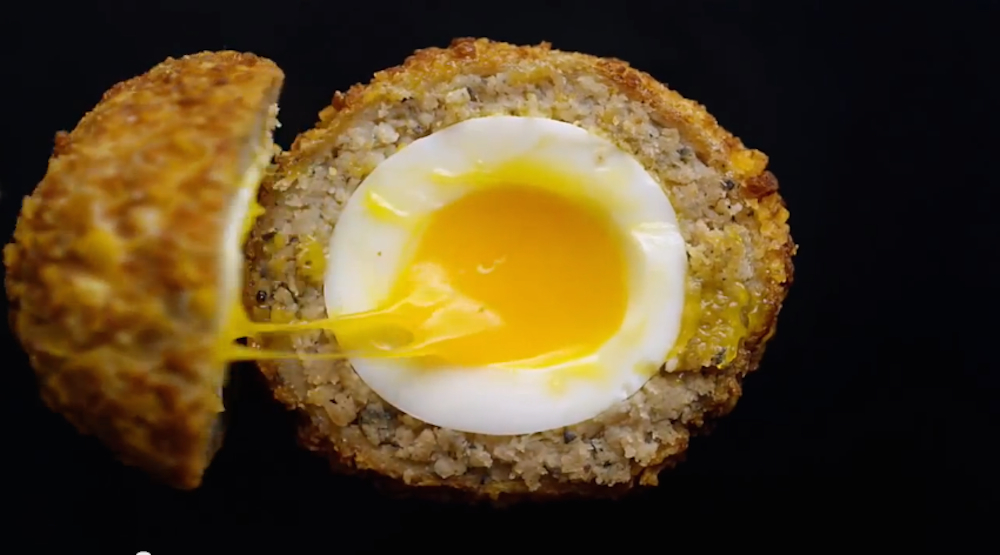What Are The Secrets Of Shooting Good Food Porn? The New York Times Investigates.

It's the job of food photographers and stylists to make art look appealing and desirable to viewers.
Head out to dinner and chances are that people at tables all over the restaurant will take out their phones throughout the meal to snap shots of their dishes. Log on to Instagram and chances are that you'll be greeted by a plethora of "filtered" photos depicting piping-hot bowls of ramen noodles with runny egg yolks, melted chocolate dripping slowly from ice cream sundaes and beef juice oozing out of medium-rare burgers. Food photography — its best products are sometimes referred to as food porn — has never been bigger, in both personal and professional spheres.
Art in food articles and recipes is a driving force and determining factor behind total readership. And that's why publications and websites often put the job in the hands of established professionals. In a recent piece, Sam Sifton, current food editor of The New York Times, examines "arguably the most important part of the recipes we publish" — namely, the images. In a short, informative video viewable in the article, Mark E. Trent profiles the work of food photographer and stylist Andrew Scrivani, who works with the newspaper and was tasked with photographing the "Recipes for Health" column, which ran every day of the week for seven consecutive years.
In the video, we learn the following five points about food photography:
- It's about light, almost exclusively. It's the lighting that makes food seem desirable through a screen.
- Photographers must feel an emotional connection with the food. More simply, they must really like food.
- Food photography consists of compositions within compositions — each food item is a piece of art, created by the chef or food stylist. It is then the photographer's job to translate it into his or her own interpretation.
- The process of learning never ends. Much of this learning will come from the many "clunker" photographs that are taken.
- Each photo is different. Sometimes the food is brought out straight to the table and photographed. Sometimes it requires a lot of work because of the colors, shooting perspective, etc.
Feast your eyes on some food porn on Food Republic:

